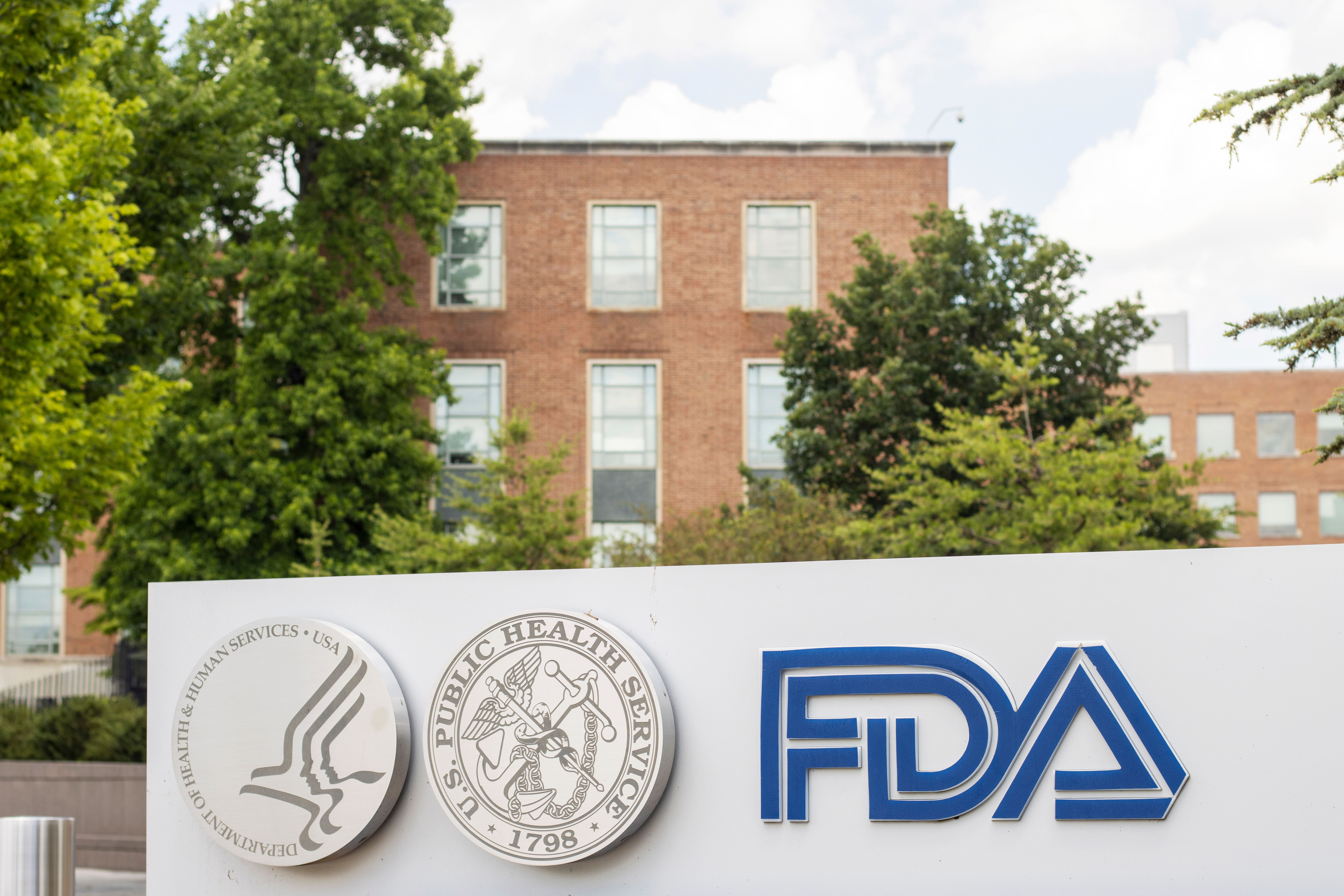- Acne
- Actinic Keratosis
- Aesthetics
- Alopecia
- Atopic Dermatitis
- Buy-and-Bill
- COVID-19
- Case-Based Roundtable
- Chronic Hand Eczema
- Chronic Spontaneous Urticaria
- Drug Watch
- Eczema
- General Dermatology
- Hidradenitis Suppurativa
- Melasma
- NP and PA
- Pediatric Dermatology
- Pigmentary Disorders
- Practice Management
- Precision Medicine and Biologics
- Prurigo Nodularis
- Psoriasis
- Psoriatic Arthritis
- Rare Disease
- Rosacea
- Skin Cancer
- Vitiligo
- Wound Care
Article
Maximizing nature's way of protecting skin
Boston University researchers are among those looking into the reciprocal relationship between aging and cancer, and how to tweak nature's response so that people can get the cancer prevention benefits without encouraging skin aging.
Boston University researchers are among those looking into the reciprocal relationship between aging and cancer, and how to tweak nature's response so that people can get the cancer prevention benefits without encouraging skin aging.

Specifically, Dr. Gilchrest says, it would appear that cells use telomeres as the basis for not only causing individual cell aging but also as a means of recognizing DNA damage threats to the genome that might otherwise cause cancer.
Dr. Gilchrest's group at Boston University observed years ago that providing cultured skin-derived cells or intact skin small DNA fragments or oligonucleotides could induce these protective responses without the requirement for initial DNA damage. They noted that all active oligonucleotides share at least 55 percent homology with the TTAAGGG tandem repeat telomere sequence. They call these telomere homolog oligonucleotides, T-oligos, and found that T-oligos mimic the effect of experimental telomere loop disruption, acute DNA damage and aging or serial cell passage to senescence.
"In other words, providing these T-oligos sends the same message to the cell that it would otherwise receive during the process of aging or at the time of acute DNA damage, and this causes potentially therapeutic responses in cells," Dr. Gilchrest says.
The T-oligos also have interesting therapeutic effects, without themselves damaging the DNA, she says.
"We hope that it will prove to be a way to allow the skin to take advantage of this innate protective mechanism without the need of incurring DNA damage which is the usual physiologic signal for this protective response."
Materializing for derm practice The concept of using T-oligos to circumvent aging while protecting the skin from cancer is speculative, with no immediate plans to conduct U.S. Food and Drug Administration trials on any kind of T-oligo product, according to Dr. Gilchrest.
"But what we have shown in animal models and in explants of human skin is if you topically apply the T-oligo to skin you get a true sunless tan, which is identical, clinically and histologically, to a suntan. It is as photoprotective as a suntan," she says. "You also get increased DNA repair capacity; so, if you apply the T-oligos topically to guinea pig or mouse skin or human skin explants, then UV irradiate the skin, the skin experiences less damage. The UV-induced damage to DNA is repaired more rapidly and more accurately."
Dr. Gilchrest and colleagues used an experimental protocol in which they repeatedly exposed mice to UV in order to produce skin cancers.
"If you expose them to UV but also intermittently treat them with topical T-oligo, it greatly reduces the amount of skin cancer that the mice develop," she says.
Dr. Gilchrest et al. showed in one such study that in the control group of mice, 78 percent of the mice developed at least one skin cancer by six months; whereas, in the T-oligo treated group, 12 percent developed skin cancers in six months.
"If I were able to design such a product today, I would probably combine the T-oligo with a conventional sunscreen for the best of all possible worlds," Dr. Gilchrest says. "One reason that people do not like to use sunscreen is that they like to get a tan. This would allow them to get a tan even if they never went in the sun, and it would allow them to get a tan without incurring the UV damage that they would otherwise need to have in order to get their tan."
Newsletter
Like what you’re reading? Subscribe to Dermatology Times for weekly updates on therapies, innovations, and real-world practice tips.











